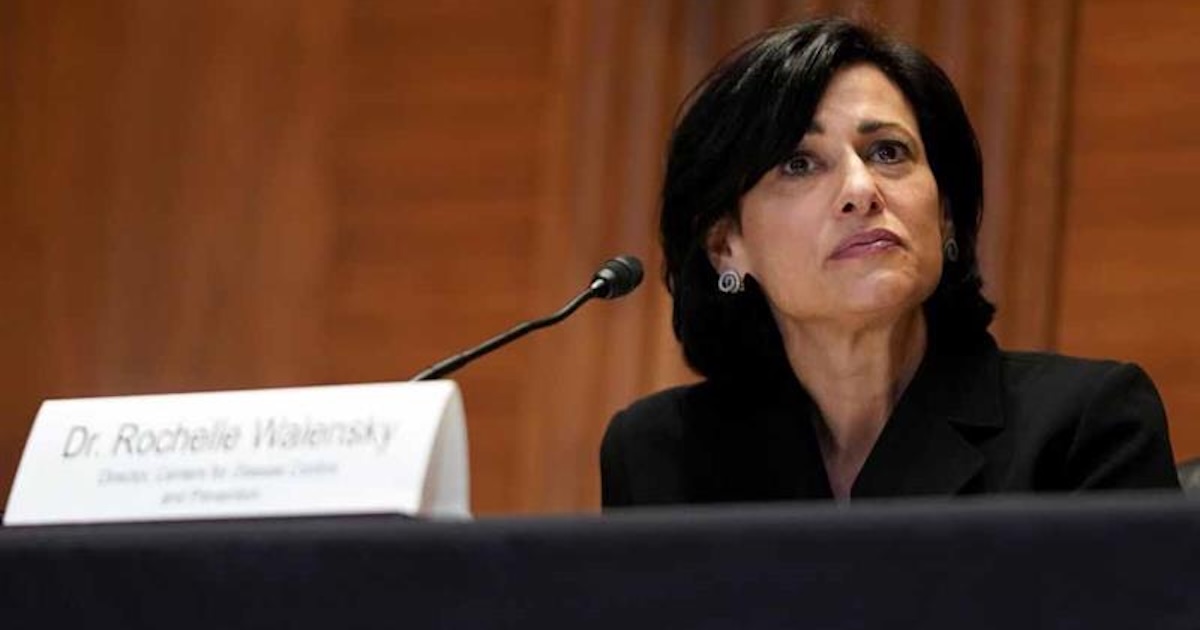The U.S. Department of Veteran Affairs is taking its telehealth program to a new level in a partnership with AMC Health, a New York-based provider of end-to-end remote monitoring solutions.
The five-year contract, worth up to $28.8 million, will include home-based biometric monitoring services, with data transmitted wirelessly to a secure web portal or integrated electronic health record; an interactive voice response (IVR) solution that allows patients to communicate with care providers and access coaching and educational materials; a personal emergency response system (PERS) that alerts a call system when its user is in distress; video conferencing capabilities for "face-to-face" interactions; and medication management services.
"AMC Health's outcomes-based approach to telehealth and ability to actively engage patients to proactively self-manage their chronic conditions perfectly aligns with the VA's telehealth goals. Both organizations focus on prevention and creating an environment in which people are motivated, engaged and feel responsible for their health," said Nesim Bildirici, AMC Health's president and CEO, in a press release. "This agreement recognizes the tremendous growth of our business and client base, underscoring the strength and flexibility of our end-to-end product and service offerings. We are proud the VA selected us as their telehealth partner and look forward to helping them transform healthcare delivery by providing veterans with convenient, accessible and patient-centered care that's safe, effective, cost-effective and sustainable."
AMC Health has been involved in a number of telemedicine projects over the past few years. In February 2012, the company reported a 44 percent reduction in 30-day readmissions and better efficiency in monitoring patient transitions from the hospital to the home in a study conducted with the Pennsylvania-based Geisinger Health Plan. The company is also working with Crystal Run Healthcare, a 300-provider multi-specialty group in New York, providing telemonitoring services in a clinical trial conducted by Transparency Life Sciences and cleared by the U.S. Food and Drug Administration, and providing telemonitoring services for Primary Partners, a 60-provider accountable care organization in Florida.
More recently, AMC Health announced a partnership with Louisville, Ky.-based Humana on a nine-month study to measure the benefits of home-based monitoring on Medicare Advantage members with congestive heart failure.
In an interview during the HIMSS13 conference earlier this year in New Orleans, John K. Holland, AMC Health's senior vice president of business and research, pointed out that telehealth programs are fast becoming accepted as healthcare providers look to engage with their patients outside of the not-always-accessible clinic or office.
"The argument now is really about this being the standard of care," he said. "Over the past two years, the uses for and the acceptance of telehealth has increased dramatically. Physicians are finally starting to realize its value."
The VA's program, instituted in 2003, recorded 1.3 million consultations in 2012, according to Adam Darkins, MD, the VA's chief consultant for telehealth services. That includes video consults, "store-and-forward" telehealth (in which digital images, video, audio, so-called "observations of daily living" and clinical data are captured and stored on a client computer or mobile device, then forwarded at a convenient time to appropriate caregivers) and home monitoring of an estimated 75,000 veterans suffering from one or more chronic conditions.
VA officials say their telehealth programs are reaching more than 500,000 veterans now, with hopes of raising that number to more than 800,000 by the end of the year. Speaking at the Center for Connected Health's Connected Health Symposium last October in Boston, Darkins said the VA is looking to dramatically increase its home-based telehealth programs, particularly in chronic disease management.
That effort includes a partnership with the U.S. Department of Health and Human Services announced in September 2012 to boost telehealth services to veterans living in rural areas.
“This is an outstanding example of a partnership that expands access to care and improves quality of life for rural veterans,” VA Secretary Eric K. Shinseki said in a September 2012 press release. “Working with partners like HHS, VA will continue to increase the reach of our services beyond our 152 major medical centers to ensure veterans receive the care they have earned and deserve.”
At the Connected Health Symposium, Darkins said the VA's telehealth program has seen 30 percent reductions in bed days of care and 80 percent patient satisfaction rates and saved an estimated $1,900 per person annually – and consistently – since 2005, moving it well beyond the "pilot" stage.
"It's not a rarified environment. It's not a controlled environment, It's the routine of care," he said.


